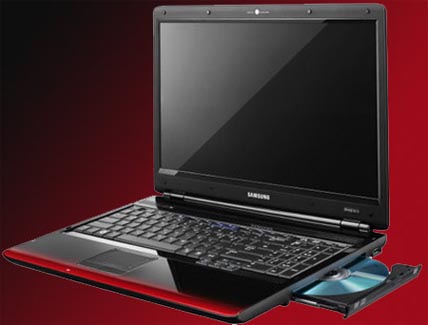Large-display laptops offer energy-saving alternatives
 Berlin - Laptops have made leaps and bounds in speed and memory capacity in recent years, threatening the desktop PC's dominance. As an additional blow to the PC's supremacy, they might also prove to be more energy efficient.
Berlin - Laptops have made leaps and bounds in speed and memory capacity in recent years, threatening the desktop PC's dominance. As an additional blow to the PC's supremacy, they might also prove to be more energy efficient.
Laptops use about 70 per cent less energy than PCs, said Dena, the German Energy Agency, mainly because notebook manufacturers have had to emphasize energy efficiency in the name of boosting battery lifetimes.
During the course of just one year, a laptop user can expect to save an average of 35 euros (45 dollars) over an ordinary PC user. This calculation is based on projections whereby, over the course of 335 days, a computer is actively used for four hours and in standby mode for the remaining 20.
The average desktop PC and monitor uses about 150 watts while in use, reports dena, which would amount to about 45 euros a year in energy costs. Laptops make do with 30 watts, meaning their owners only pay about 10 euros a year in energy costs.
To ensure that their computer is just as convenient and effective as a desktop, laptop purchasers should opt for models with the largest monitor possible, according to TUEV Rheinland LGA, a consumer products-testing organization in Nuremberg.
Assuming a laptop is not meant exclusively for on-the-go use, it should come with at least a 17-inch monitor, reports the group. That allows the user to open more windows simultaneously and keep better track of their work.
A 12- to 14-inch display is adequate for travel laptops. Make sure that components, like DVD burners, come pre-packed, to reduce the number of components that have to be linked to the laptop by cable.
However, for people who are truly on the go, it sometimes makes sense to forgo included extras and use an USB connection when necessary. After all, mobile devices should not be too big and heavy. (dpa)